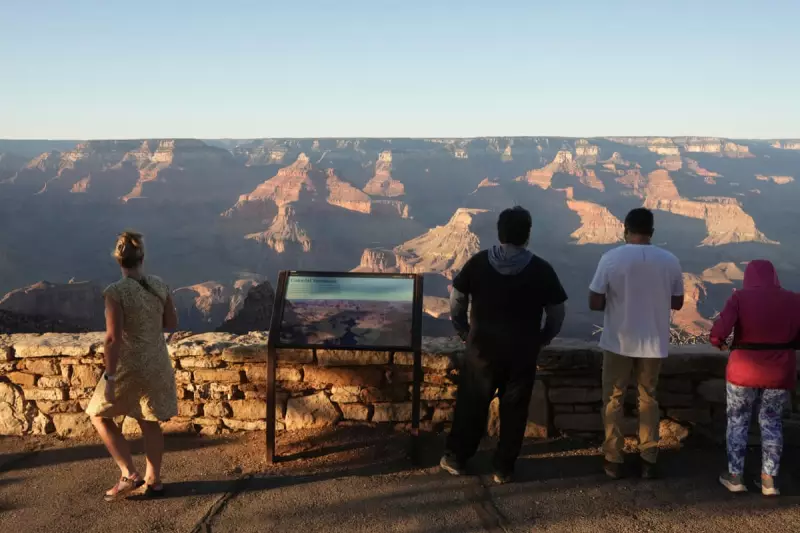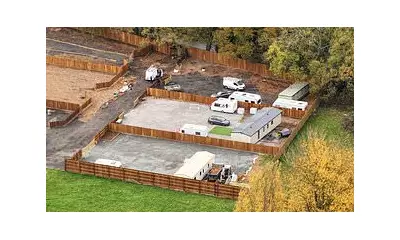
America's breathtaking natural landscapes, from the geysers of Yellowstone to the majestic Grand Canyon, are facing an unprecedented threat as the United States government teeters on the brink of another shutdown.
The Looming Crisis for America's Natural Treasures
With political deadlock in Washington DC showing no signs of resolution, the US National Park Service is preparing for the worst. If funding expires, the consequences for these protected areas could be severe and immediate.
What Visitors Can Expect
Unlike previous shutdowns where some parks remained accessible, officials are warning of a different approach this time. While gates might not be physically locked, essential services will grind to a halt:
- Visitor centres and facilities will close, leaving tourists without crucial information or restrooms
- Ranger-led programmes and educational activities will be cancelled indefinitely
- Emergency and maintenance services will be severely limited, raising safety concerns
- Trash collection and basic upkeep will cease, potentially creating health hazards
Economic Ripple Effects
The impact extends far beyond disappointed tourists. Local communities that depend on park tourism are bracing for significant financial losses. Hotels, restaurants, and tour operators near popular parks face potential revenue drops during what should be a busy season.
"When the parks suffer, our entire community feels the pain," one business owner near Yellowstone explained. "This isn't just about politics in Washington – it's about real people's livelihoods."
Environmental Concerns Mount
Conservation groups are expressing alarm about the potential environmental damage. With reduced staffing, illegal activities such as poaching, vandalism, and unauthorised off-road driving could increase dramatically.
The situation represents a perfect storm: vulnerable natural resources, limited protection, and potentially frustrated visitors unaware of the reduced services.
Lessons from Previous Shutdowns
During the 2018-2019 shutdown, some parks remained open but suffered significant damage from overflowing bins and unauthorised access. This experience has shaped the current contingency planning, with authorities determined to avoid repeating past mistakes.
As the deadline approaches, park superintendents are caught between their duty to protect these natural wonders and the reality of political gridlock. The coming days will determine whether America's crown jewels remain accessible or become another casualty of Washington's political battles.





